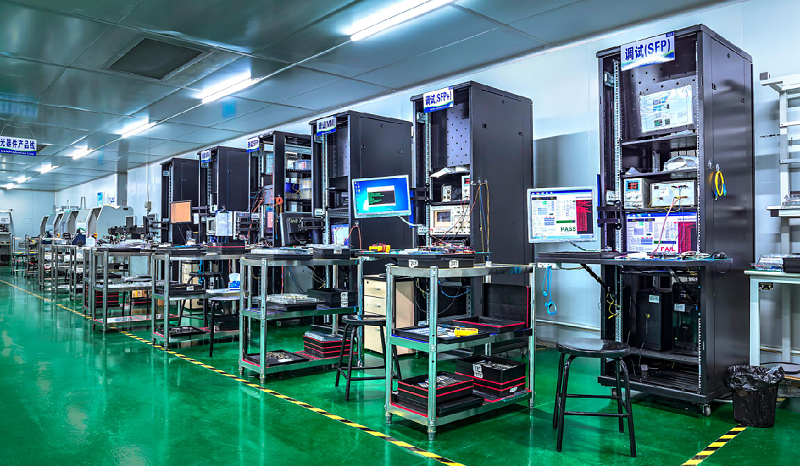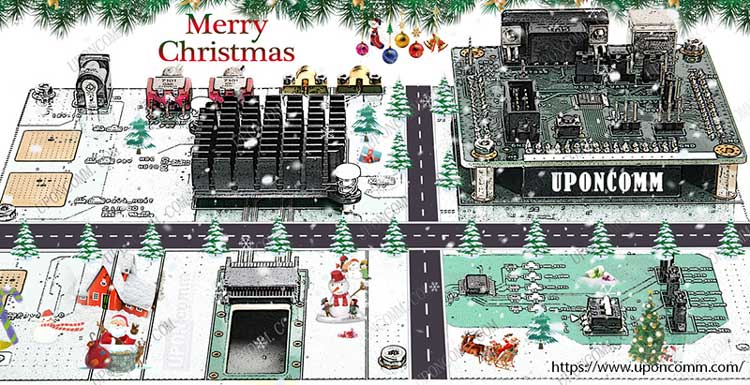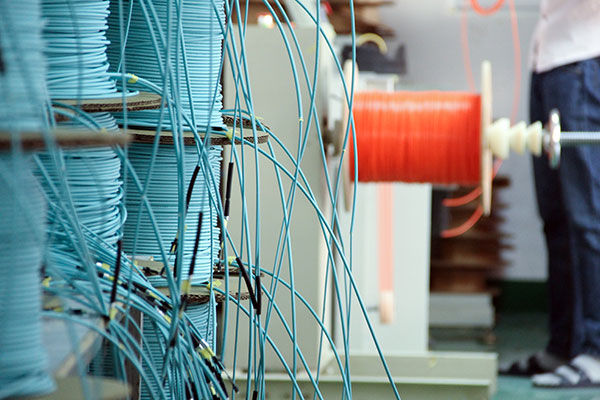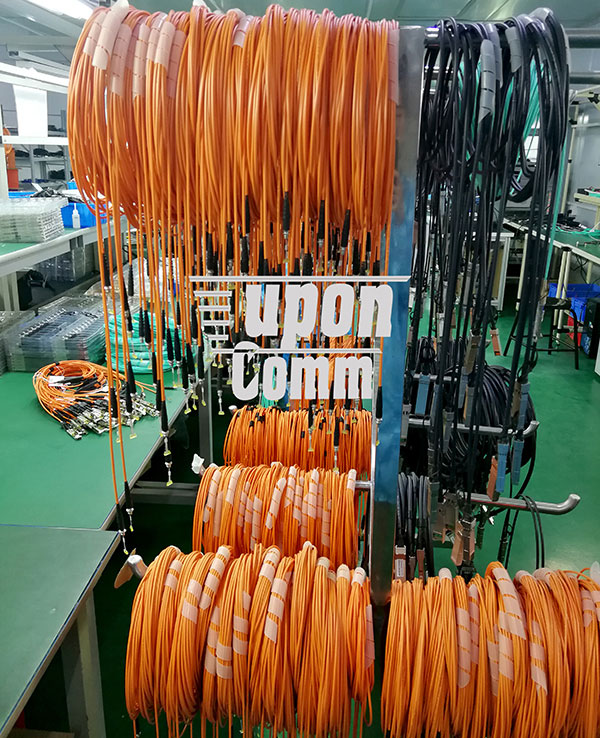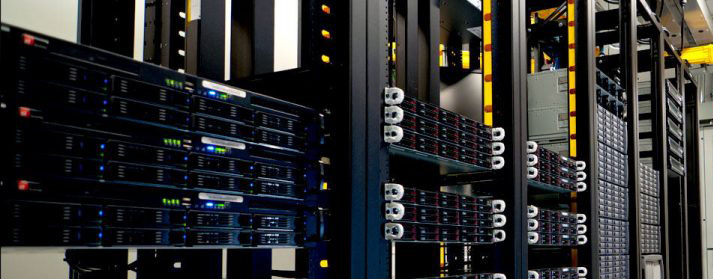Analysis of advantages and disadvantages of high-speed cable DAC and active optical cable AOC
High-speed cables and active optical cables are now widely used. Their wire materials are different, but their functions are the same. Then some customers asked, since the functions are the same, how to choose? What are their advantages and disadvantages? According to customer requirements, let’s talk about the advantages and disadvantages of high-speed cables and active optical cables!
According to the material of the cable, it can be divided into:
High-speed cables, including active high-speed cables and passive high-speed cables (DAC)

Advantage:
◆ Higher data transmission rate: The current high-speed cables can support data transmission rates of 4Gbps to 10Gbps, which is higher than that supported by traditional copper cables.
◆ Strong interchangeability: With the development of copper technology, high-speed cables and optical transceivers are interchangeable and hot-swappable.
◆ Low cost: Copper cables are cheaper than optical fibers, and using high-speed cables will reduce wiring costs.
◆ Good heat dissipation: The high-speed cable is made of copper core, which has good heat dissipation effect.
Disadvantages:
◆ The transmission distance is short, heavy, bulky and difficult to manage.
◆ Easily affected by electromagnetic interference, such as problems such as bad response and degradation.
※ Active Optical Cable (AOC) : We often say that the active optical cable AOC is also called the optical cable with chip. The optical path part of its main components includes a lens and a FA for converting the optical path angle;
The circuit part includes PCB board, substrate, VCSEL chip, VCSEL driver chip, PD chip, TIA chip and so on. There are two key processes in the AOC manufacturing process: chip mounting process and fiber coupling process, which are also the biggest technical difficulties. The chip mounting process used by AOC is the cutting-edge Flip-Chip process (also known as flip-chip mounting method), which is a chip interconnection technology and an ideal chip bonding technology.

Advantage:
◆ Greater bandwidth: no equipment upgrade required, with a throughput of up to 40Gbps.
◆ Lightweight: much lighter than high-speed cables.
◆ Low electromagnetic interference: Since the optical fiber is a dielectric, it is not easily affected by electromagnetic interference.
Disadvantages:
Compared with high-speed cables, active optical cables are more expensive.


